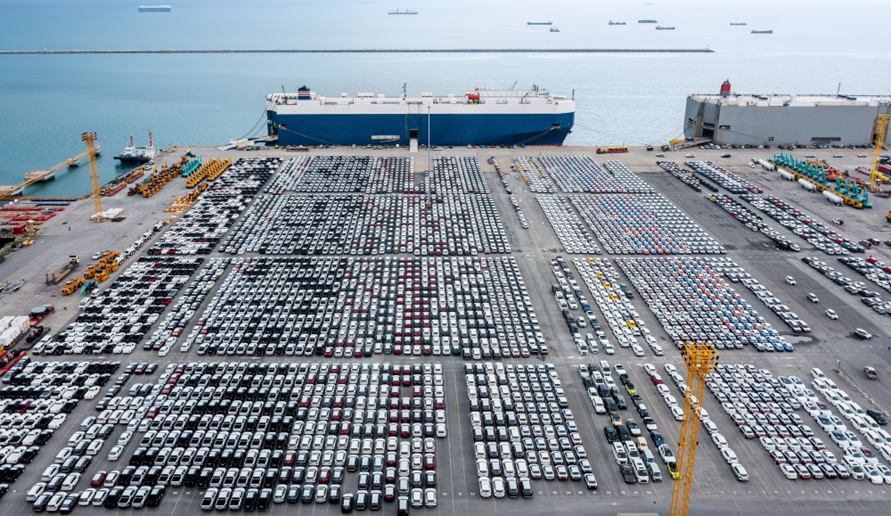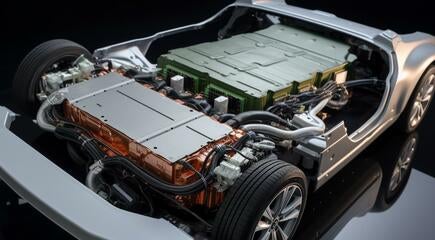一路平安 – 在全球擴張的道路上如何讓跨洋運輸的電動車「蓄勢待發」

近年來,電動車 (EV) 產業經歷了向全球擴張的重大轉變。中國快速發展的製造商正在投資興建大型運輸工具,同時將數千輛新車從生產中心運送到全球市場。在這篇部落格中,我們探討了不斷擴大的越洋汽車運輸規模,以及實現這項目標的創新技術。
汽車越洋運輸一直是汽車製造商國際業務的重要一環。幾十年來,豐田 (Toyota) 和日產 (Nissan) 等公司一直仰賴與經營專業汽車運輸船隊的大型航運公司開展合作。然而,電動車龍頭的崛起將這種趨勢提升到了一個新的境界。比亞迪 (BYD) 已經是全球最大的電動車製造商,最近該公司推出了自己的貨櫃船隊,以滿足不斷成長的國際需求。
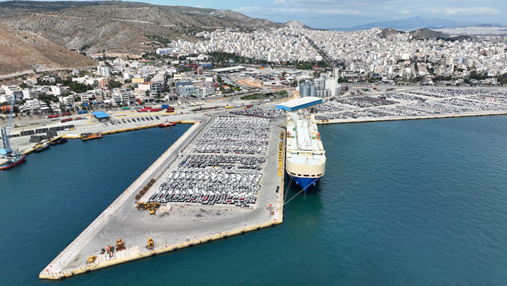
在推出可容納 5,000 輛電動車的 BYD Explorer No.1 後不到一年,該公司最近推出了第四艘、也是世界上最大的汽車運輸船。比亞迪深圳號 (BYD Shenzhen) 船長 219 公尺,寬 37.7 公尺,可裝載 9,200 輛汽車橫渡海洋。這些船舶定期將電動車從中國北方和南方的港口運送到歐洲各地的目的地,凸顯了海上物流在全球電動車市場中的關鍵作用。
透過經營自己的船隊,電動車製造商可以減少對第三方航運公司的依賴,進而降低運輸成本並提高利潤率。鑑於最近汽車運輸船租賃價格的飆升,這一點尤其重要。
擁有貨櫃船還能讓電動車製造商有效控制其供應鏈,確保及時交貨並降低因運輸瓶頸造成延誤的風險。這種控制對於維護品牌在國際市場上的可靠性和聲譽至關重要。
滾裝運輸船的作用
越洋運輸車輛最受歡迎的方法之一是使用滾裝 (RoRo) 運輸船。這些專用船舶允許汽車行駛上下船,使裝卸變得快速高效。然而,這種方法要求車輛在整個航程中保持足夠發動的電力,而航程可能持續數月之久。這種長途航行對電動車來說是一項獨特的挑戰。
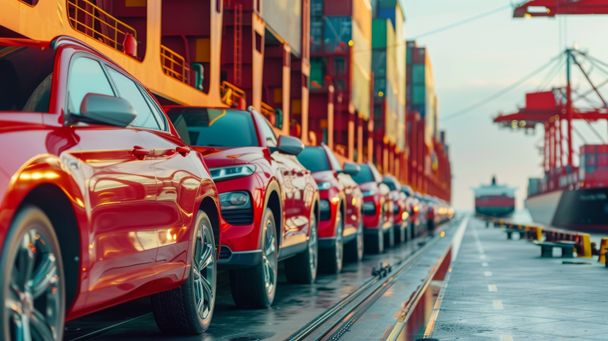
電池挑戰
在先前的部落格中,我解釋了為什麼大多數純電動車仍然依賴傳統的鉛酸電池為所有電氣子系統提供 12 V 電源。內燃機汽車和電動車的駕駛員都可以證明,這些傳統電池只需幾週就會耗盡。即使更換為鋰離子電池,主高壓牽引電池仍需要定期充電,而這種電池在船上空轉數月後也會耗盡。
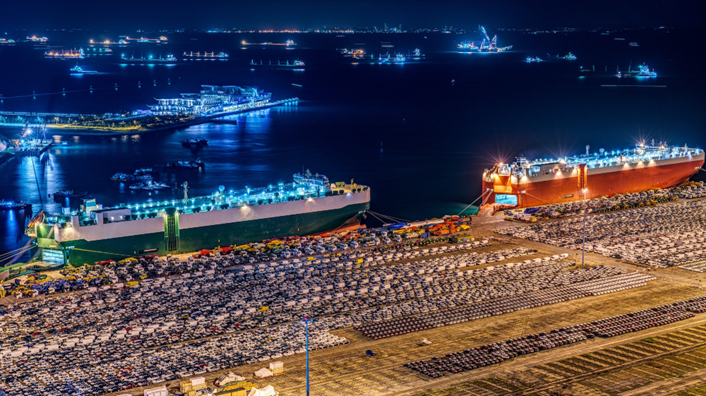
另一種選擇是透過車輛的主高電壓至低電壓 DC-DC 轉換器從高電壓電池組獲得電力。問題在於這些轉換器針對滿載效率進行了最佳化,而不是低載運轉。當為 12 V 系統提供待機電力時,其低效會導致大量能量損失。因此,即使充滿電的電池組也可能無法維持整個海上航行。
為完全耗盡電量的電動車電池充電比啟動汽車複雜得多。它需要長時間進入充電站。由於運輸船上的空間有限且資源受限,同時為數千個電池充電是一場後勤噩夢。
解決方案:Power Integrations 的 InnoSwitch3-AQ 返馳式切換開關 IC
在我上面提到的同一篇部落格中,我介紹了一個微型 DC-DC 轉換器設計,該設計採用 Power Integrations 創新的 InnoSwitch3-AQ 返馳式切換開關 IC。這種堅固耐用的電源供應器可以安全地從汽車的高電壓電池組中獲得電力,進而支援所需的系統而不必使用 12 V 電池。
該 IC 在整個負載範圍內實現了 90% 以上的效率,同時在空載時功耗不到 15 mW,這表示電動車中的所有 12 V 系統都可以保持待機模式,無論它們需要在港口、船上或車輛整備中心停留多長時間皆然。
InnoSwitch3-AQ 系列的新型 1700 V SiC 成員係設計用於支援 800 V BEV 系統,提供足夠的安規距離,因此無需保形塗層即可實現增強型絕緣。使用這種最先進裝置的新參考設計還採用了平面變壓器,進一步增強了這種 12 V 電池替代解決方案節省空間的優勢。
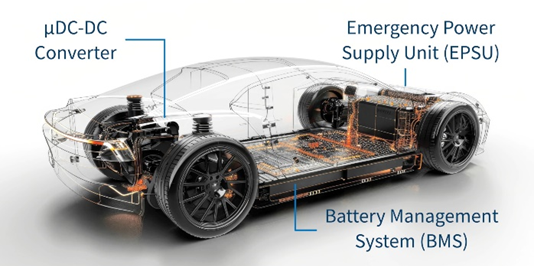
採用先進的電源解決方案 (例如符合 AEC-Q100 標準的 InnoSwitch3-AQ 切換開關 IC) 凸顯了技術創新在解決電動車產業面臨的廣泛挑戰時的重要性。這些創新不僅提高了車輛本身的效率和可靠性,而且提高了對該產業全球成長至關重要的運輸系統的效率和可靠性。
